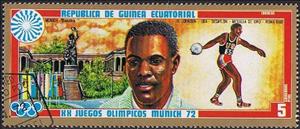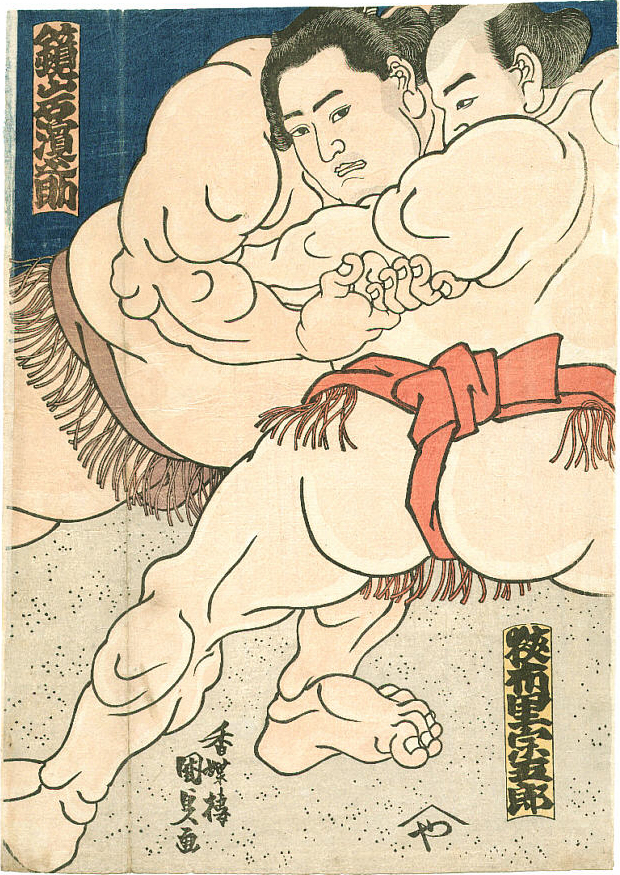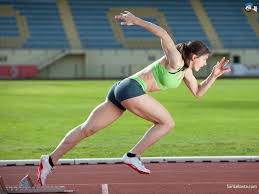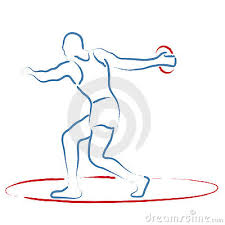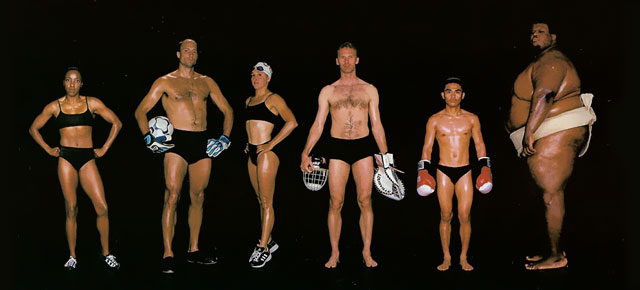Stamp: Rafer Johnson (*1935) (Equatorial Guinea 1972)
Rafer Johnson (*1935) (Equatorial Guinea 1972)
26 June (Equatorial Guinea ) within release Summer Olympics 1972, Munich: Medalistst from previous games goes into circulation Stamp Rafer Johnson (*1935) face value 5 Equatorial Guinean peseta
| Stamp Rafer Johnson (*1935) in catalogues | |
|---|---|
| Michel: | Mi:GQ 84 |
| Yvert et Tellier: | Yt:GQ 21D |
Stamp is horizontal format.
Also in the issue Summer Olympics 1972, Munich: Medalistst from previous games:
- Souvenir Sheet - Hans Günter Winkler (*1926) face value 200+25;
- Souvenir Sheet - Cassius Marcellus Clay Jr. (*1942) face value 250+50;
- Stamp - James Cleveland „Jesse“ Owens (1913-1980) face value 1;
- Stamp - John Davis (1921-1984) face value 2;
- Stamp - Lee Quincy Calhoun (1933-1989) face value 3;
- Stamp - Rafer Johnson (*1935) face value 5;
- Stamp - Joseph William „Joe“ Frazier (1944-2011) face value 8;
- Stamp - Kipchoge „Kip“ Keino (*1940) face value 15;
- Stamp - Robert „Bob“ Beamon (*1946) face value 50;
Stamp Rafer Johnson (*1935) it reflects the thematic directions:
Sculpture is the branch of the visual arts that operates in three dimensions. Sculpture is the three-dimensional art work which is physically presented in the dimensions of height, width and depth. It is one of the plastic arts. Durable sculptural processes originally used carving (the removal of material) and modelling (the addition of material, as clay), in stone, metal, ceramics, wood and other materials but, since Modernism, there has been almost complete freedom of materials and process. A wide variety of materials may be worked by removal such as carving, assembled by welding or modelling, or moulded or cast.
Sports, are all usually forms of competitive physical activity or games which, through casual or organised participation, aim to use, maintain or improve physical ability and skills while providing enjoyment to participants, and in some cases, entertainment for spectators. Usually the contest or game is between two sides, each attempting to exceed the other. Some sports allow a tie game; others provide tie-breaking methods, to ensure one winner and one loser. A number of such two-sided contests may be arranged in a tournament producing a champion. Many sports leagues make an annual champion by arranging games in a regular sports season, followed in some cases by playoffs. Hundreds of sports exist, from those between single contestants, through to those with hundreds of simultaneous participants, either in teams or competing as individuals. In certain sports such as racing, many contestants may compete, each against each other, with one winner.
Athletics is a group of sporting events that involves competitive running, jumping and throwing. The most common types of athletics competitions are track and field, road running, cross-country running, and race walking.
The discus throw (pronunciation), also known as disc throw, is a track and field sport in which the participant athlete throws an oblate spheroid weight — called a discus — in an attempt to mark a farther distance than other competitors. It is an ancient sport, as demonstrated by the fifth-century-BC Myron statue Discobolus. Although not part of the current pentathlon, it was one of the events of the ancient Greek pentathlon, which can be dated back to at least 708 BC, and it is part of the modern decathlon.
The modern Olympic Games or Olympics (French: Jeux olympiques) are leading international sporting events featuring summer and winter sports competitions in which thousands of athletes from around the world participate in a variety of competitions. The Olympic Games are considered the world's foremost sports competition with more than 200 nations participating. The Olympic Games are held every four years, with the Summer and Winter Games alternating by occurring every four years but two years apart.
A statue is a free-standing sculpture in which the realistic, full-length figures of persons or animals are carved or cast in a durable material such as wood, metal or stone. Typical statues are life-sized or close to life-size. A sculpture that represents persons or animals in full figure, but that is small enough to lift and carry is a statuette or figurine, whilst those that are more than twice life-size are regarded as colossal statues.
A building or edifice is a structure with a roof and walls standing more or less permanently in one place, such as a house or factory. Buildings come in a variety of sizes, shapes and functions, and have been adapted throughout history for a wide number of factors, from building materials available, to weather conditions, to land prices, ground conditions, specific uses and aesthetic reasons. Buildings serve several needs of society – primarily as shelter from weather, security, living space, privacy, to store belongings, and to comfortably live and work. A building as a shelter represents a physical division of the human habitat (a place of comfort and safety) and the outside (a place that at times may be harsh and harmful).
An athlete is most commonly a person who competes in one or more sports involving physical strength, speed, power, or endurance. Sometimes, the word "athlete" is used to refer specifically to sport of athletics competitors, i.e. including track and field and marathon runners but excluding e.g. swimmers, footballers or basketball players. However in other contexts (mainly in the United States) it is used to refer to all athletics (physical culture) participants of any sport. For the latter definition, the word sportsperson or its gendered sportsman or sportswoman are also used. A third definition is also sometimes used meaning anyone who is physically fit regardless of whether or not they compete in a spo
